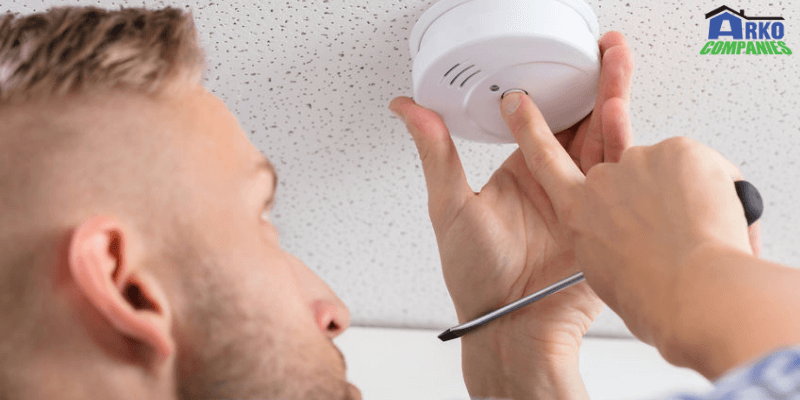When talking about fire, it is better to prepare for the worst rather than acting late when a little spark adds fuel to the fire. How do you go about this? Write down on a piece of paper what things in your house could ignite a fire. Also write down a map of your house and how to get out of it quickly if a fire should start. Thinking through these things helps you mentally prepare for “the worst.”
Education on risks and safety standards:
The first and most significant thing you can do is ensure everybody in the family unit is taught fire security measures, including kids. How many of us leave the kitchen in a huff or to answer the door with food cooking on the stove? It’s dangerous, but then we do it in any case. Use your assets, including your neighborhood local group of firefighters, to instruct your family on family unit fire security and make little precautionary changes around the house like turning the stove off any time you leave the room — regardless of whether it’s only for a minute to answer the door or load the washer.
Test your smoke alarms:
The U.S. Fire Administration proposes testing smoke alarms once every month and changing their batteries two times per year. However, you can (and should) do this more often– it can’t hurt!
Have you considered “smart detectors” for your home? These smart detectors interface with Wi-Fi and send messages to your telephone when an alert goes off or the batteries should be changed. They can likewise be incorporated into a bigger home framework that would then be able to advise the nearby fire station if/when your house has a fire crisis. If you do get a “smart detector,” google “American Family Insurance Smart Home Discount.”
Remember, each room or each level of the house ought to have a workable smoke alarm.
1-Keep Lawn Mowings and Other Flammable Items in Safe Places
Accumulated yard mowings and dry leaves can actually make warmth and light fires. In the wake of a monotonous day of yard work, keep the trash a good distance from the house and discard it as quickly as time permits.
Other regular family items, including beauty products that are combustible, ought to be tucked away as indicated by their labels and out of reach of heat sources. These include:
2-Nail Polish
Ensure the top is safely on the container. Store it in a cool, dim spot with even temperatures to anticipate staining and destabilization of the polish inside. It’ll guard you from fire dangers.
3-Rubbing Alcohol
Store rubbing alcohol in a temperature-stable condition, away from flames and open fire. Keep the top secured tight on the jug to halt evaporation.
4-Hairspray and Other Aerosol Cans
Keep all vaporized jars far from open warmth or fire. Baking spray ought to be kept a long way from stovetops and broilers, and hairspray ought to never be utilized to light a fire regardless of any stunts action stars have done in films.
5-Fuel and Paint Thinner
Store fuel and acetone in a secure, well-ventilated area, ideally not in your home. Never smoke, strike a match or assemble a fire close to combustible items.
6-Cooking Oil
Store cooking oil in cool, dry places that keep a steady temperature. Try not to leave it on the stovetop while cooking, and don’t pour it down the drain when you’re finished with it. Discard cooking oil in a sealed container, ideally non-recyclable, and toss it out with your trash.
7-Flour
Flour ought to never be utilized to put out an oil fire as it is profoundly combustible and perhaps hazardous. Store it away from heat sources and hot surfaces and other warmth sources, such as gas burners, and take extreme care when cooking baked goods that may require flour placed into hot pans.

